RCA Cable: Everythings You Need to Know
What is RCA cable
RCA cable is a type of electrical connector commonly used for transmitting analog audio and video signals between electronic devices. The plug is easily recognizable by its distinctive color-coding system, typically featuring red, white, and yellow connectors. Each color serves a specific purpose: the yellow plug carries composite video signals, while the red and white connectors handle right and left audio channels, respectively.
The term "RCA" originates from the Radio Corporation of America, the company that first introduced this connector in the 1940s. Due to its simplicity and widespread compatibility, RCA cables became a standard connection method for home entertainment systems, including TVs, DVD players, gaming consoles, amplifiers, and projectors.
These cables connect via RCA jacks, which are usually located on the rear panel of devices. While modern digital connections like HDMI have largely replaced RCA for high-definition signals, these cables remain popular for older equipment, analog audio setups, and certain professional AV applications. Their durability and ease of use ensure that RCA cables continue to be a reliable choice for basic audio and video transmission.
Key features of RCA cable
RCA cables remain a practical and widely used solution for audio and video connectivity, particularly with older electronic devices. One of their primary advantages is versatility—these cables can transmit both audio and video signals, making them compatible with a broad range of equipment, including TVs, DVD players, gaming consoles, amplifiers, and home theater systems. The standardized color-coding (red and white for stereo audio, yellow for composite video) simplifies setup, ensuring users can quickly identify the correct connections without confusion.
Another significant benefit is affordability. Compared to modern digital alternatives like HDMI or optical cables, RCA cables are an economical choice, providing reliable signal transmission at a fraction of the cost. This makes them ideal for budget-conscious consumers or those working with legacy systems that do not require high-definition digital signals.
Additionally, RCA cables are known for their ease of use. The simple plug-and-play design requires no technical expertise, making them accessible to beginners while still being useful for tech-savvy individuals who appreciate their reliability in analog setups. Unlike some digital connectors, RCA cables do not typically require complex configurations or software adjustments, ensuring a hassle-free experience.
Despite the rise of digital interfaces, RCA cables continue to hold value in specific scenarios, such as connecting vintage audio equipment, older gaming consoles, or secondary AV systems. Their durability, widespread compatibility, and straightforward functionality ensure that they remain a relevant and convenient option for many users. Whether for casual home entertainment or specialized analog applications, RCA cables offer a dependable and cost-effective solution.
Types of RCA cable
RCA cables are widely used for analog audio and video signal transmission, and they generally come in two types based on their construction: assembled (DIY/connectorized) RCA cables and molded (pre-made/one-piece) RCA cables. Each type has distinct characteristics that affect performance, durability, and use cases.
Assembled (DIY/Connectorized) RCA Cables
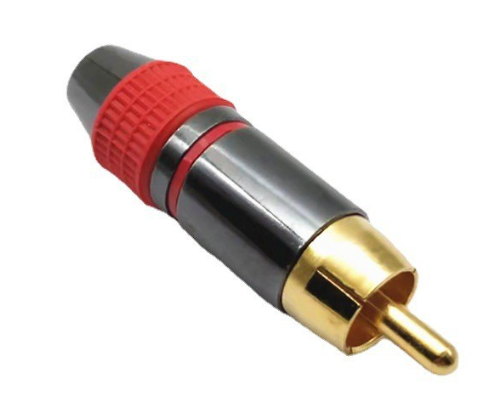
Construction: The RCA connectors and cables are separate components, typically joined by soldering, screw terminals, or crimping.Users can replace connectors or cables as needed.
Advantages: Flexibility in Design: Assembled Cable Assemblies provide the flexibility to tailor cable configurations precisely to meet specific needs, accommodating variations in length, connectors, and shielding to ensure compatibility with complex systems.
Ease of Maintenance and Repair: These assemblies are designed for easy disassembly and component replacement, simplifying maintenance and repair processes. This feature reduces downtime and lowers overall operational costs.
Disadvantages: Lower Reliability: Poor soldering or assembly can cause signal loss, noise, or loose connections. Requires Skill & Tools: Users need basic soldering/assembly knowledge, making them less beginner-friendly.
Molded (Pre-Made/One-Piece) RCA Cables
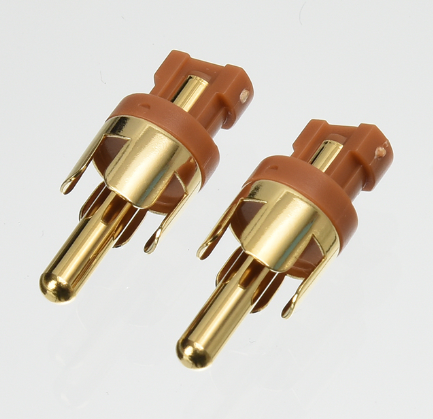
Construction: Connectors and cables are factory-molded into a single, sealed unit. Typically uses injection-molded plastic for strain relief and durability.
Advantages: Enhanced Durability and Protection: Molded Cable Assemblies offer superior protection against physical damage, moisture, dust, and other environmental hazards. The molded encasement acts as a robust shield, ensuring long-lasting performance in challenging conditions.
Aesthetic Appeal and Strain Relief: The molded exterior provides a clean and polished appearance, making these assemblies suitable for applications where aesthetics matter. Additionally, the molding process often includes strain relief features, reducing stress on cable connections and enhancing reliability.
Disadvantages:
Non-Repairable: If damaged, the entire cable must be replaced.
Less Flexibility: Fixed length and materials; no customization options.
Factors that influce the RCA Cables
Connectors: The connectors on RCA cables are typically made from gold, silver, or copper, each with distinct properties. Gold-plated connectors offer superior oxidation resistance but have lower conductivity compared to silver or copper. Silver provides the best electrical conductivity, followed closely by copper, while gold lags behind in performance. Other materials like nickel, zinc, and tin are also used but are less common.
Cable length: It impacts signal quality—shorter cables minimize signal degradation, so choose the shortest length needed for your setup. Additionally, robust shielding is crucial to reduce interference and maintain signal integrity.
Shielding: Braid Shielding Provides excellent flexibility and durability.Effective against high-frequency interference (RFI)
Foil Shielding Provides Lightweight and cost-effective and best for blocking low-frequency interference (EMI).
Spiral (Serve) Shielding: More flexible than braid but less durable and suitable for short cable runs with minimal interference.
Some parts of the RCA cable products we made
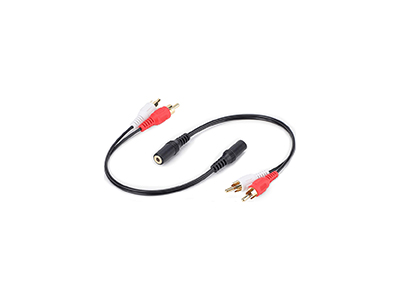
3.5mm Stereo Female to 2 RCA
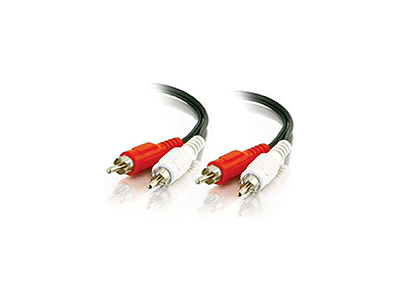
RCA Stereo male plug Audio Cable
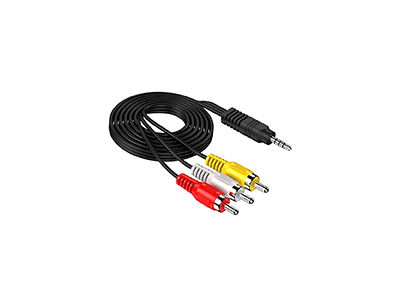
3.5mm to RCA Camcorder AV
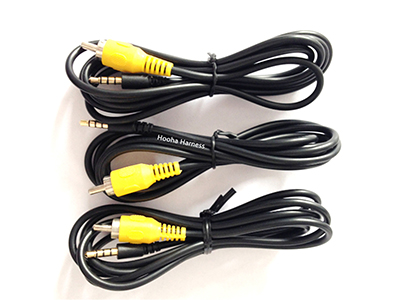
3.5 aux to rca
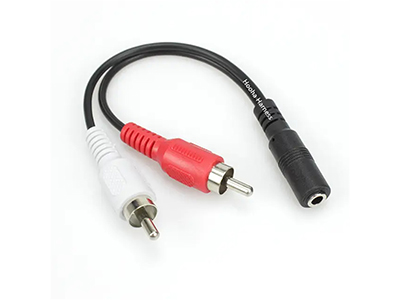
3.5 jack to rca cable
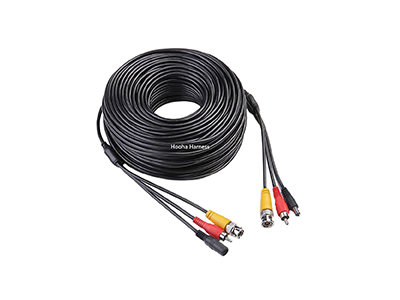
bnc to rca
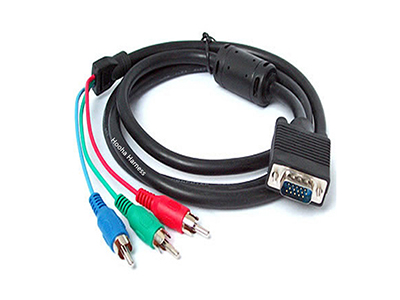
DB15 to RCA
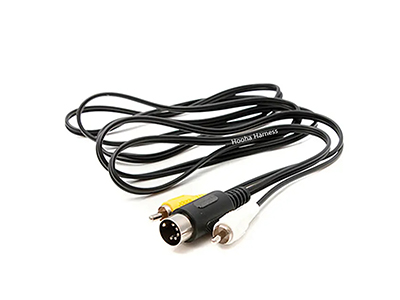
DIN to RCA
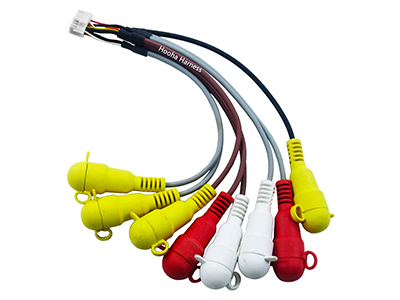
rca audio video cable
